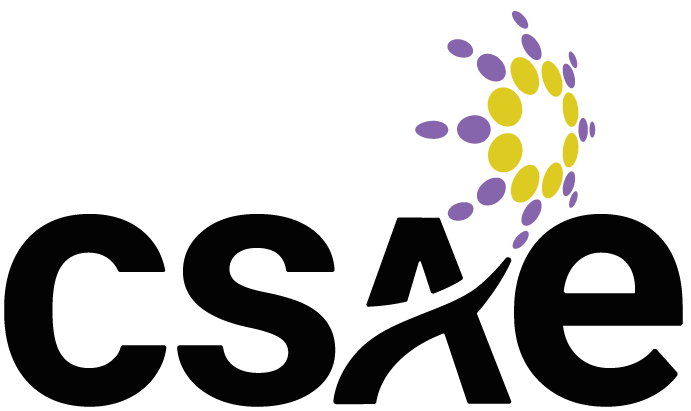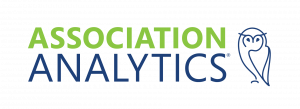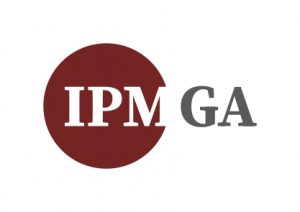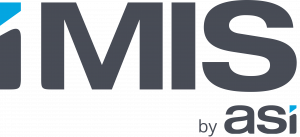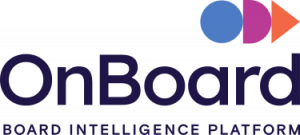How to Leverage Storytelling to Support Mental Health in the Workplace

Three-quarters of Canadians feel their employers should address mental health struggles at work, but a majority of those who work at small- and medium-sized organizations don’t offer mental health support.
With data showing mental health of Canadians is stagnant or getting worse, employers need to consider what they can do to improve their employees’ mental well-being. Ignoring the issue will cause problems that can affect overall wellness, culture and productivity in the workplace.
Employers often want to help but have no strategy. They may jump on the latest trend, and then their support eventually wanes or gets dropped. Some may add an isolated benefit or two, but those tend to be quick fixes that don’t provide long-term help for employees.
However, a more effective way to support mental health in the workplace is through a comprehensive strategy. Storytelling is one way to make that strategy come to life. When an organization shares its own narrative on mental health awareness, it shines a much-needed spotlight on a topic that’s often kept in the shadows. It shows that the organization champions the mental well-being of its employees, as well as provides unwavering support, resources and understanding.
It’s certainly a story worth telling. Here’s how:
Tell an Organizational Story About Mental Health in the Workplace
Organizations can convey why their employees’ mental health is important to them and how they follow through with their support.
Build the story from such talking points as:
- Understanding – Recognize the challenges workers face, the strains and stressors that may affect their lives, such as money, health, personal issues – and work.
- Communicating – Show a specific strategy regarding mental health issues via strong and frequent communication; provide informational guides, fact sheets and web-based resources.
- Evolving – Emphasize that support is ongoing and evolving to improve; demonstrate with an example, such as a past one-off benefit that wasn’t well-received by employees to the current one that accommodates more employees and their mental health needs.
Start With Data to Explain the Story
Organizations can begin telling their stories with data. By analyzing major offerings – such as short- and long-term disability coverage, employee and family assistance programs, and pharmaceuticals – they can measure uptake and explain why they’re doing so. Employers can use data to identify common health risks among the employee base, as well as consider the correlation between their physical and mental health.
It’s also essential that employers talk to employees to learn what stressors are affecting their mental health — and how they expect employers to help them.
Employers can use the data and insights to develop a story that informs employee benefits and how organizational leaders talk about mental health.
Train, Coach and Identify are Key to Strategy and Part of the Story
An employee who may be an excellent manager may lack the skills to help employees find help for mental health issues. Organizations can provide training focused on how managers can identify people in need and coach managers on how to speak with them.
A complete strategy builds on the benefits and training already available, including programs to raise awareness for support programs like employee recognition programs and return-to-work plans. It should include ongoing assessments to support employees’ mental health in the future.
An organization that trains managers and builds a strategy for improving mental health in the workplace is part of telling the story. Letting employees know that leadership is taking this challenge seriously — and informing them through targeted communications — tells a story of compassion, investment in people and the importance of wanting employees to be happy and healthy.
CSAE Group Benefits Program
As a CSAE member, you have access to a group benefits package that provides attractive benefits with significant savings. Whether your employee is a young, single individual or has a mature family, the CSAE program has the flexibility to meet their specific needs.
The program is available to all members of the CSAE. There is no minimum size requirement: any member with one or more eligible employees may join the program.
For additional information on plan options, or to receive a quote, please visit: https://www.hubinternational.com/en-CA/programs-associations/csae/.
To assist in the ongoing success of the program, HUB International, a leading firm in employee benefits consulting, has been retained.They are available to answer any questions you may have by emailing NAT.Businesssolutions@hubinternational.com.
